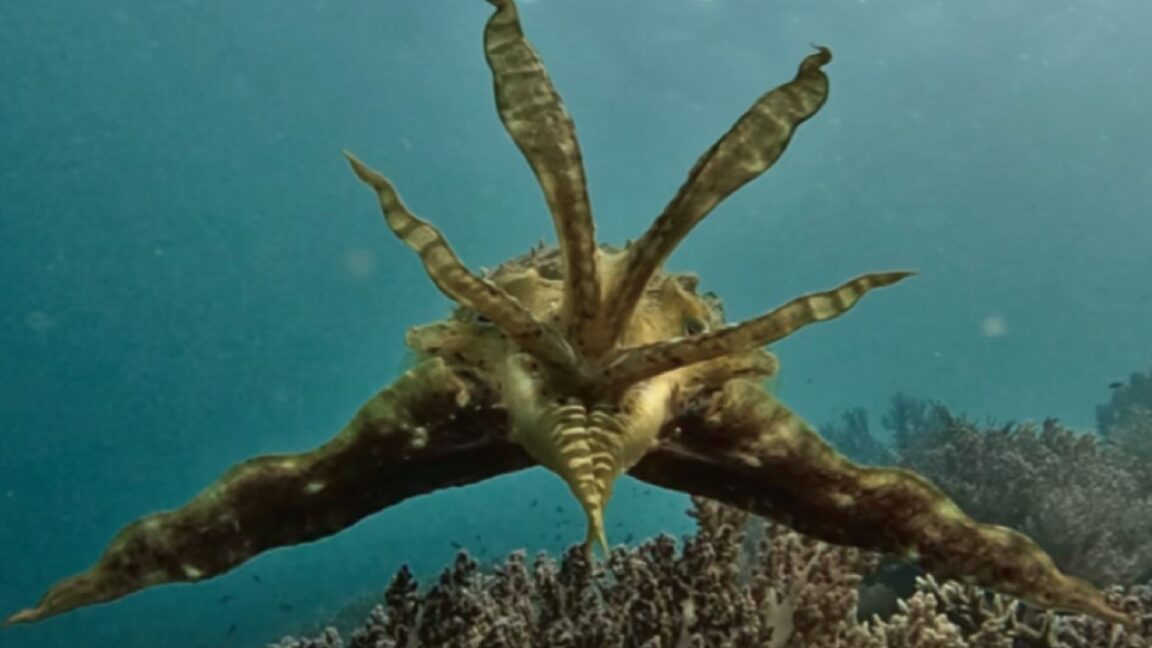
Bluetooth turntables: why you should and shouldnt get one
www.digitaltrends.com
Table of ContentsTable of ContentsWhats up with Bluetooth turntables?Who should get a Bluetooth turntable?Who shouldnt get a Bluetooth turntableHow do I choose a Bluetooth turntable?What do we suggest?Vinyl is so hot right now. Everyone and their mother has a record player, it seems. Well, everyone but you, or else you wouldnt be reading this. If youre new to the worlds top-selling physical music format and are considering buying a turntable to get your vinyl collection started, then youve probably noticed that many of the best turntables now offer a choice that our wax-spinning forefathers didnt have Bluetooth.While the wireless technology swaps messy wires and speaker cables for easy connectivity with the best Bluetooth speakers and the best headphones, is a Bluetooth turntable really your best bet? Were here to answer that question, and many others you might have.Recommended VideosBefore we dig deeper into whether a Bluetooth turntable is right for you, first a little preamble. A Bluetooth turntable is, first and foremost, an actual turntable, a.k.a. a record player, in that it, yes, plays records.RelatedThey do this, basically speaking, using a diamond-tipped needle, or stylus, that runs along the grooves that have been pressed into the surface of a vinyl record. These grooves contain the musics analog vibrations (like a soundwave) that are picked up by the stylus, its cartridge, and a phono preamplifier to boost that quiet signal. A powered amplifier (or powered speakers) then does the rest of the volume heavy-lifting so it can be heard loud and clear when sent through a set of speakers.A traditional analog turntable setup with a stereo receiver, external phono stage, and passive speakers. Derek Malcolm / Digital TrendsTraditional turntables require wires and speaker cables to transfer that analog signal between those components and through the system. Bluetooth turntables have all the electronics and wired connections to do that too, but also have the inclusion of Bluetooth capabilities that converts and compresses the analog signal into a digital one so that it can be sent wirelessly to a receiving Bluetooth device, such as a set of headphones, Bluetooth speaker, or a Bluetooth-capable receiver or amplifier.Like with any kind of electronics purchase, your needs and priorities are the best weather vanes for your decision. A Bluetooth turntable might be a good fit for you if youre getting into vinyl from scratch and dont already have all the analog components like an amplifier and a set of speakers to connect it to they can be costly, and exploring the many combinations of them is a rabbit hole in and of itself.You likely have several portable speakers lying around that could be connected to a Bluetooth turntable. Derek Malcolm / Digital TrendsChances are, though, you already have a Bluetooth speaker or set of wireless headphones at home you can connect the turntable to and get your feet wet. If audiophile sound quality isnt a top priority for you (remember that compression?), you like the sound, and are happy with the setup, then great; you can stop there and be on your merry vinyl way with a minimal investment.If, however, you dont already have a Bluetooth speaker to try things out with, and the wire-and-clutter-free benefits of Bluetooth is still of peak interest, there are all kinds of excellent sets of Bluetooth-capable powered bookshelf and floorstanding speakers you can buy that wont break the bank and can fill most rooms with full, clear sound.The excellent Edifier S1000W powered bookshelf speakers offer Bluetooth and wired connection options. Derek Malcolm / Digital TrendsAdditionally, you can stream your favorite music streaming services to them for an all-round home music solution. And, many offer wired connectivity, too, in case you want to explore the differences between the audio quality of vinyl-over-Bluetooth versus its analog version that audiophiles believe is the only way to listen to vinyl (more on this in a minute).As far as cost goes, the good news is that Bluetooth turntables are typically only slightly more expensive, and many manufacturers will offer their models with and without the wireless tech. But as with all turntables, youll find budget options for less than a couple hundred dollars (I wouldnt recommend spending less, though) and higher-end models in the several thousands.Although, if youre spending that kind of cash on a turntable, audio quality is obviously your priority, and so you might be among thoseWhile Bluetooth turntables offer wire-free convenience, theres a trade off when it comes to sound quality that will be too much for some to sacrifice. This is because Bluetooth, which is known as a lossy compression, currently doesnt have the ability to convert the full analog information from a vinyl record into a digital signal without losing some of that information.Derek Malcolm / Digital TrendsAudio compression is required so the music from the record can be streamed wirelessly to your Bluetooth devices. And while some Bluetooth versions, known as codecs, can do this conversion at increasingly better rates (the best among them include aptX HD and aptX Adaptive), none of them can yet achieve the full lossless uncompressed quality of vinyl.Does it still sound good? To most people, yes. While factors such as whether youre using high-quality audio gear and whether youve got exceptional hearing play a part, not everyone will notice the subtle differences between the sound of a wired turntable versus one playing a record over Bluetooth. If this is you, then dont sweat the Bluetooth and go forth with confidence.But and this is a big but more discerning listeners, often referred to as audiophiles, do notice those differences (or will at least claim that they do), which can translate to things like a lack of detail, clarity, and soundstage that wired, uncompressed analog vinyl delivers. If ensuring that what youre hearing from your vinyl records is at its best, then a Bluetooth turntable isnt for you.Cambridge Audio Alva TT V2 turntable. Cambridge AudioMany excellent brands make Bluetooth turntables, including Audio-Technica, Pro-Ject, Cambridge Audio, Lenco, and Victrola, the latter of which goes even further with its Wi-Fi- and UPnP-enabled turntables, the Victrola Stream Onyx, and Sapphire, that are also Works With Sonos enabled for integration with your Sonos system.But we digress. When shopping for a Bluetooth-enabled turntable, of course you want to first be sure its within your budget, but you also want to look at the quality of its parts as a turntable. Paramount of them being its cartridge and whether its upgradeable. A great cartridge can make even a budget turntable punch above its weight, so if youre looking to hang on to the deck you choose for years to come, make sure you can level-up the cartridge as you go Audio-Technica, Ortofon, Grado, and Nagaoka are among some top brands to look for.Beyond that, consider the platter material (solid glass or acrylic is preferable over aluminum) and overall build quality as they can contribute to a quieter, anti-resonant turntable. Lastly, deciding on direct drive (great for DJs) or belt drive (the quieter, audiophile choice) and whether you need a phono preamp (built-in or external) are also key considerations.As far as what to look for with its Bluetooth capabilities, if youre not worried about audiophile-level sound, but the Bluetooth sound quality is still important to you, look beyond turntables with the base SBC codec and opt for one with aptX, aptX HD, or Sonys LDAC codecs (if you have compatible Sony gear) for better Bluetooth streams. Be aware, though, that doing so will cost more. Also, make sure that the receiving devices (speakers, headphones etc.) Bluetooth codecs match that of the turntables.The Audio-Technica AT-LP70X turntable (non-Bluetooth version pictured) Derek Malcolm / Digital TrendsAs far as our recommendations go, its easier than ever to find a turntable within those parameters that also offers Bluetooth connectivity. One of our favorites is the Bluetooth-enabled version of our pick for the best budget turntable, the Audio-Technica AT LP70XBT. The $249 turntable sounds great, is perfect for newbies, has a built-in preamp, and an upgradeable stylus.If you have deeper pockets, it doesnt get much better than the audiophile-grade Cambridge Audio Alva TT V2, if you can find one the $1,500 direct drive aptX HD masterpiece is hard to come by these days. However, its belt-driven sibling, the $600 Cambridge Audio Alva ST, features very similar features, including switchable aptX HD streaming, the companys built-in Alva Duo phono stage, and a capable Audio-Technica MM (moving magnet) cartridge.There are obviously many other Bluetooth turntables out there to choose from, but we hope that those examples will help guide you towards finding the prefect fit for your needs and budget. Happy spinning and streaming!Editors Recommendations
0 Comments
·0 Shares
·49 Views









